A country where inequalities are the norm
A country where inequalities are the norm
Brazil is one of the most unequal countries in the world and poverty is a real national problem. It’s worth remembering to understand Brazilian society because it influences many behaviours—there’s such uncertainty about the future that Brazilians are reluctant to make long-term plans, so they embrace a “carpe diem” philosophy.
Economic inequalities affect society as a whole, sometimes indirectly. For instance, someone digging through garbage for dinner is very unlikely to care much about recycling or gender equality because these issues are simply not a priority to them. The result is a country developing rapidly but facing deep socioeconomic and environmental issues that are unlikely to improve until extreme poverty and widening gaps are addressed.
Growing inequalities
Inequality in Brazil didn’t emerge overnight. It’s been a problem in the country at various levels for decades. In the early 2000s, Brazil was progressing, but it had its worst recession in history in 2015-2016, which undermined previous improvements. And the country was just recovering from this two-year recession when the pandemic started.
One of the measures in response to the COVID-19 crisis was a series of monthly R$600 emergency aid payments to eligible Brazilians, and up to R$1,200 for single-parent households. So, for a while, the poverty rate and inequalities decreased. But these benefits were temporary and ended long before COVID-19 and economic recovery.
The pandemic widened a gap that was already pretty big. Indeed, ongoing inflation following the pandemic is a growing threat and has a much bigger impact on the lower class than on the middle class—the former feels 7.5% inflation on the price of goods whereas the latter only experiences 4.46% inflation. So the impact of the pandemic has pushed part of the population into extreme poverty once again.
A few enlightening numbers about poverty in Brazil:
In 2019, before the pandemic:
- 51.9 million Brazilians (or 24.8 percent of the population) were below the poverty line.
- 13.9 million people (or 6.6 percent of the population) experienced extreme poverty.
The University of São Paulo predicted that in 2021, after the pandemic:
- 61.1 million Brazilians (or 28.9% of the population) would be poor
- 19.3 million people (or 9.1% of the population) would face extreme poverty and deep food insecurity
As of 2023, it seems that the USP was right, and Brazil is now back on the United Nations (UN) Hunger Map.
Racism in Brazil is discussed further in this article, but it’s worth noting that the Brazilian Institute of Geography and Statistics estimates that 70% of the richest (10% of the population) are white, while the poorest 10% are 74% black.
These inequalities are therefore economic and social, but they are also based on and fed by racism. It’s not hard to see—the vast majority of street sellers or employees in low-paying jobs are black or mixed race.
Inequality in education
The inequalities described above and the extreme poverty too many Brazilians experience are also the results of inequality in education.
Public schools are notorious for not providing high-quality, comprehensive education, so families who can afford it send their children to private schools. Inequality in education begins at a very young age.
Brazil has both a public university and private school system for postsecondary education. Public universities benefit from generous government funding and are highly sought after because of their reputation for research and education, but only students who benefited from a good education can pass the “vestibular,” the competitive admission exam.
And thus inequality is perpetuated because if education is the path to a better life, accessing the best public universities will always be a huge challenge for lower-class students who didn’t attend private schools.
Brazil back on the UN Hunger Map
In 2014, for the first time, the country was not featured on the United Nations Food and Agriculture Organisation’s (UN/FAO) Hunger Map. It was a huge milestone after a decade of progress.
And then, the pandemic put the country back on it.
The hunger map lists all countries where 2.5% of the population is facing a chronic lack of food. In 2022, about 4.1% of the Brazilian population faced hunger.
According to the Food and Agriculture Organization (FAO), more than 15 million people are facing serious food insecurity. Below is a very telling graph showing that only 41% of the population has access to safe and nutritious food, which means that half of Brazilians suffer from food insecurity at various levels.
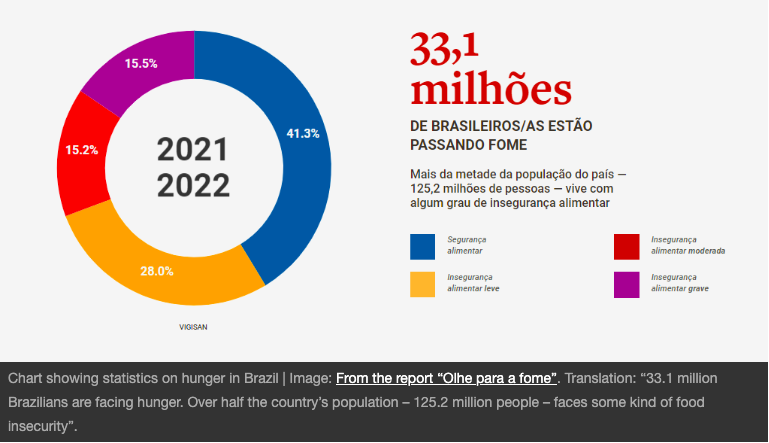
This dramatic situation is partly due to the pandemic but it’s also the result of policies to end poverty and hardship being scrapped. Indeed, in 2012 there was 100 million euros in aid, but this had dropped by 93% in 2019 to only 7.8 million euros. Today, this funding is almost non-existent.
The situation is such that supermarkets have begun selling less desirable options, such as fish remains (heads, skin, guts …).












 Français
Français English
English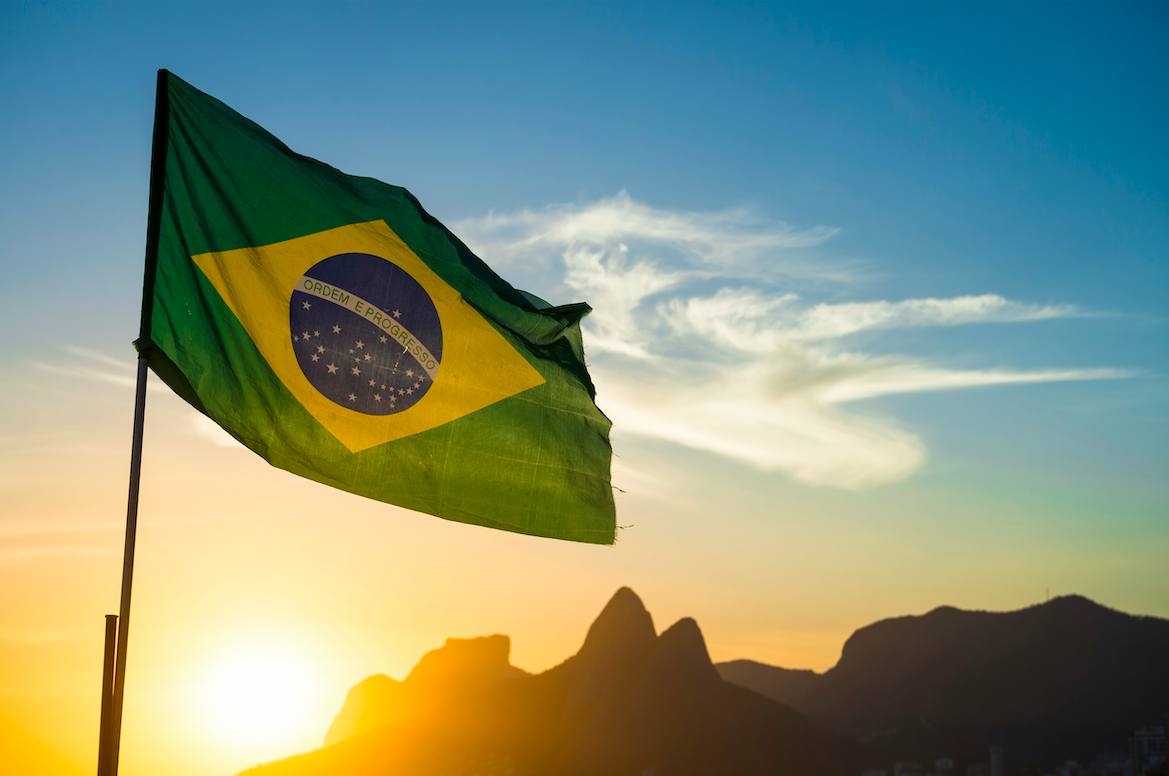

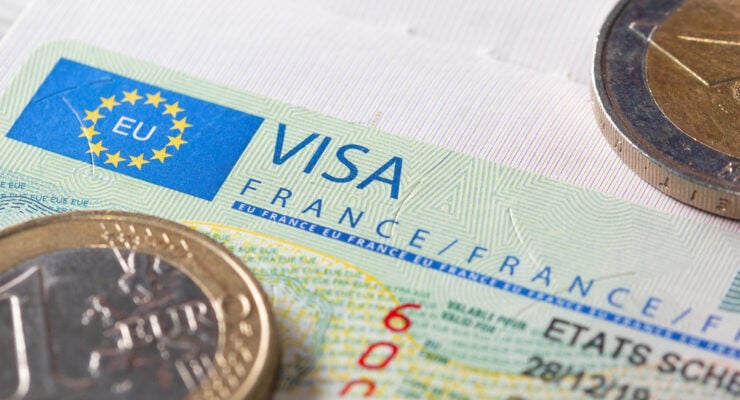
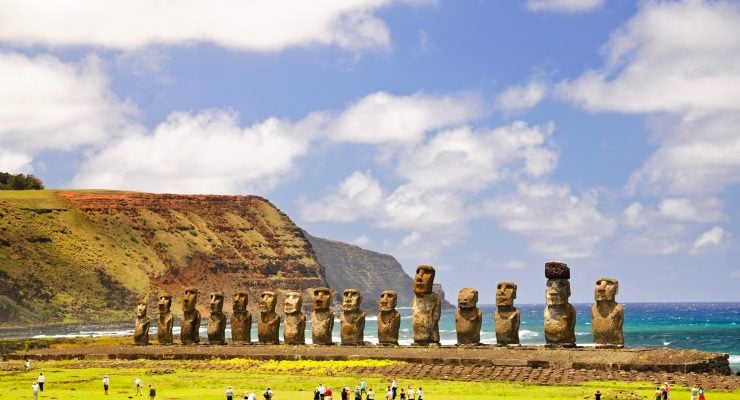
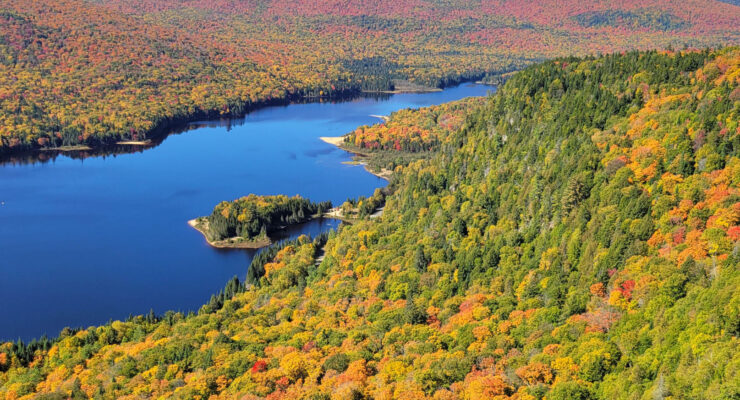
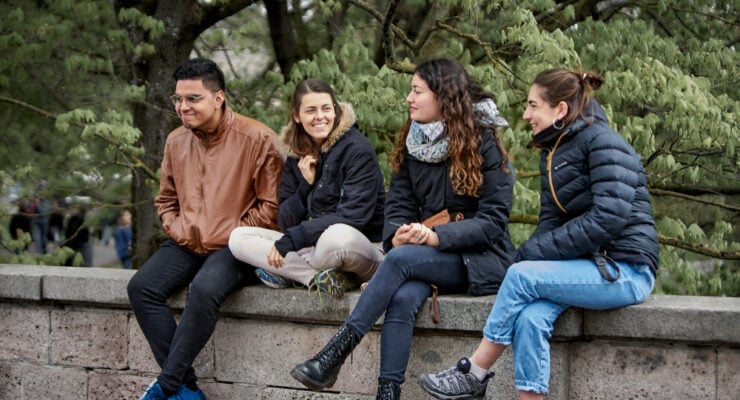
0 comments
{{like.username}}
Loading...
Load more